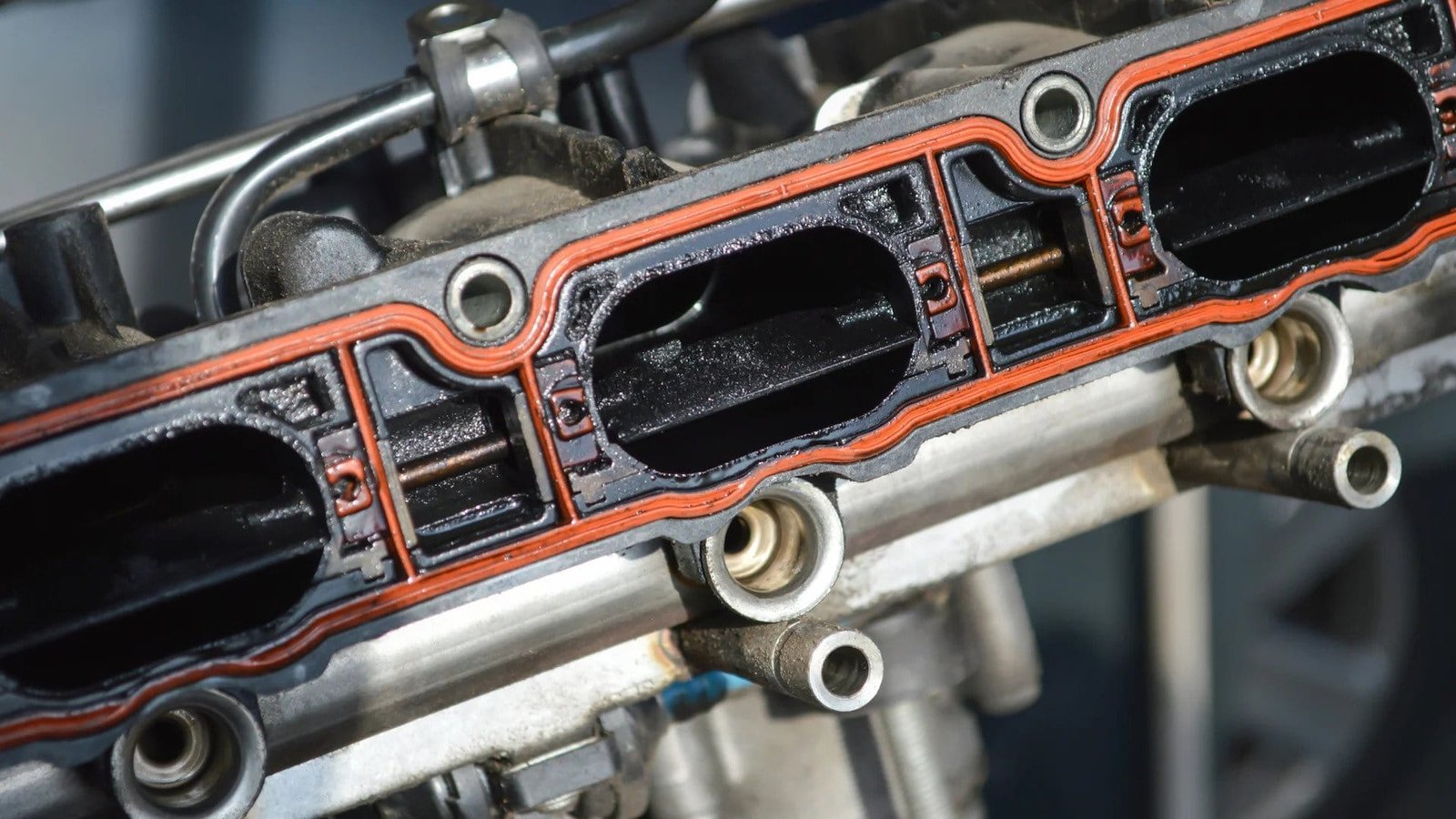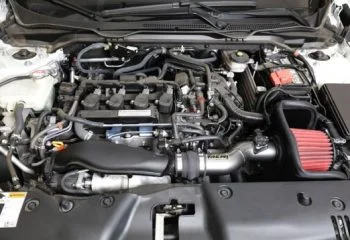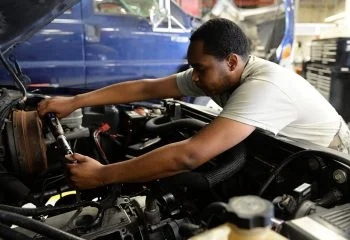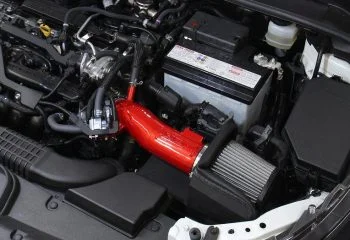The intake manifold gasket is a critical engine part that helps to seal the engine and direct air and fuel into the combustion chamber.
A leak in this part can cause all sorts of problems, from decreased performance to full engine failure.
If you’re experiencing any of the symptoms listed below, it’s likely that you have an intake gasket leak and will need to replace it.
The cost of replacement is somewhere between $170 to $600 depending on your vehicle make and model, but is typically not very expensive.
If you think you may have an intake manifold gasket leak, it’s important to be aware of the symptoms and understand the replacement cost.
This blog post will help you do just that. Stay tuned!
What's in this post?
What is intake manifold gasket and how it works?
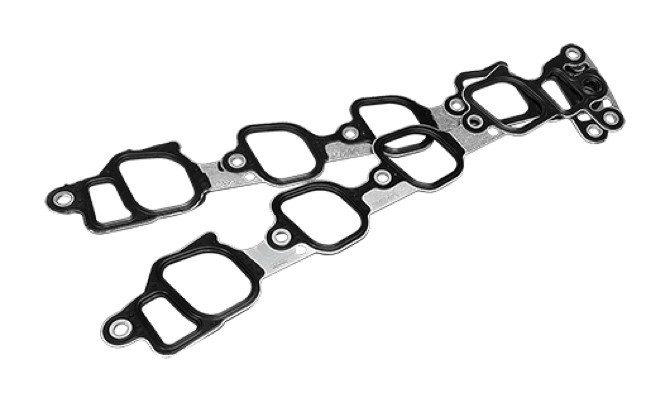
An intake manifold gasket is a seal that is located between the engine and the intake manifold. The gasket seals the connection between these two components to prevent leaks.
Over time, the gasket can become damaged and need to be replaced. A common symptom of a faulty intake manifold gasket is an engine that is running Rough.
The intake manifold gasket serves an important function in the engine, and it is important to replace it if it becomes damaged.
If you are experiencing engine problems, it is worth checking the intake manifold gasket to see if it needs to be replaced.
Intake manifold gasket leak symptoms
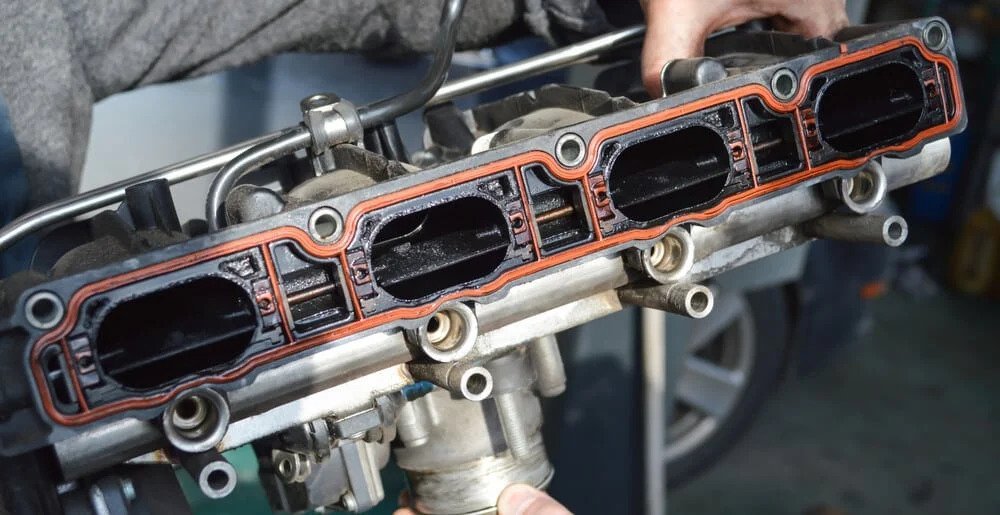
There are several symptoms that can indicate a leaking intake manifold gasket:
- Engine misfires
- Decreased engine performance
- Increased fuel consumption
- Exhaust fumes in the cabin
- Engine overheating
- Check engine light is on
Let’s go into detail on each!
Engine misfires
A leak in the intake manifold gasket can cause engine misfires. The intake manifold gasket keeps the space between the cylinder head and the intake manifold clean.
If the gasket leaks, it can allow air to enter the cylinders, resulting in engine misfires.
Decreased engine performance
A leaking intake manifold gasket can also cause decreased engine performance/
First, the leak can allow air to enter the engine, which causes a lean air/fuel mixture. This can lead to misfires and decreased power.
Additionally, the leak can allow coolant to enter the combustion chamber, which can cause pre-ignition and knock. Knock is a condition where the air/fuel mixture detonates prematurely, which can cause damage to the engine.
Finally, the leak can cause a loss of vacuum, which can decrease the engine’s efficiency. As a result, it is important to repair any leaks as soon as possible to maintain optimal engine performance.
Oil in intake manifold can also cause decreased engine performance, make sure to check that also.
Increased fuel consumption
Another symptom of an intake manifold gasket leak is increased fuel consumption.
If the engine is not running at its proper temperature, the fuel will not be combusted fully. This means that more fuel will be needed to achieve the same level of power, resulting in increased fuel consumption.
Additionally, an intake manifold gasket leak can cause the engine to run lean, meaning that there is too much air and not enough fuel. This also leads to incomplete combustion and increased fuel consumption.
Finally, a leaky intake manifold gasket can allow harmful gases such as carbon monoxide and nitrogen oxides to enter the engine, causing damage and reducing efficiency.
In summary, an intake manifold gasket leak can lead to increased fuel consumption due to a variety of factors.
Exhaust fumes in the cabin
An intake manifold gasket leak can cause exhaust fumes to enter the cabin for a few reasons.
First, the gasket seals the engine block from the outside world and prevents Air/Fuel mixture and engine oil from leaking out.
If the gasket is damaged or has deteriorated, then it might not provide a good seal anymore.
Second, the intake manifold controls the air/fuel mixture that enters the cylinders. If there is a leak in the gasket, then it might allow too much air into the cylinders, resulting in a lean air/fuel mixture.
Finally, exhaust fumes are hot and could potentially cause fires if they entered the cabin. For these reasons, it’s important to repair any leaks in the intake manifold gasket as soon as possible. See more about exhaust leak symptoms.
Engine overheating
The intake manifold is responsible for distributing air and fuel to the cylinders, and the gasket seals the areas where the manifold meets the engine.
A leak in the gasket can allow air to escape, which can lean out the air-fuel mixture and cause the engine to run hotter.
In addition, a leak can also allow coolant to enter the cylinders, which can lead to overheating. If an intake manifold gasket leak is not repaired, it can cause serious damage to the engine.
Coolant Leak
Another symptom is a coolant leak.
If this gasket leaks, coolant can enter the combustion chamber and cause pre-ignition and/or engine knock.
Coolant leaks can also lead to engine overheating. In addition, a coolant leak can cause the engine to run lean, as the air-fuel mixture will be diluted by the leaking coolant.
As a result, it is important to have any coolant leaks checked out by a qualified mechanic as soon as possible.
Check engine light is on
The final symptom of an intake manifold gasket leak is the check engine light being illuminated on the dashboard.
The intake manifold gasket, sometimes known as the intake manifold seal, seals the connection between the engine and the intake manifold. If there is a leak, then it can cause a vacuum leak and an uneven air/fuel mixture.
This can lead to engine performance issues and cause the engine light to come on.
What are some common causes?
There are several common causes of intake manifold gasket leaks.
One is simply age and wear. Over time, the gasket can deteriorate and develop cracks, which can allow air and coolant to leak.
Another common cause is an overheated engine. If the engine overheats, it can cause the intake manifold to warp and the gasket to fail.
Finally, a third common cause is improper installation. If the gasket is not installed correctly, it might not seal properly and could eventually lead to a leak.
Intake manifold gasket replacement cost
The replacement cost of an intake manifold gasket can vary depending on the make and model of your vehicle, as well as the cost of labor.
However, you can expect to pay anywhere from $170 to $600 for the replacement of an intake manifold gasket.
The gasket itself is relatively inexpensive, and will only cost somewhere in the neighborhood of $20 to $150.
The majority of the cost will come from labor. Replacing an intake manifold gasket is a fairly lengthy and complicated process, so you can expect to pay anywhere from $150 to $450 for labor.
All told, replacing an intake manifold gasket can be a fairly costly repair.
However, it is important to remember that this is a vital component of your vehicle, and neglecting to replace a damaged or worn gasket could lead to much more serious and expensive problems down the road.
How can you prevent this from happening again?
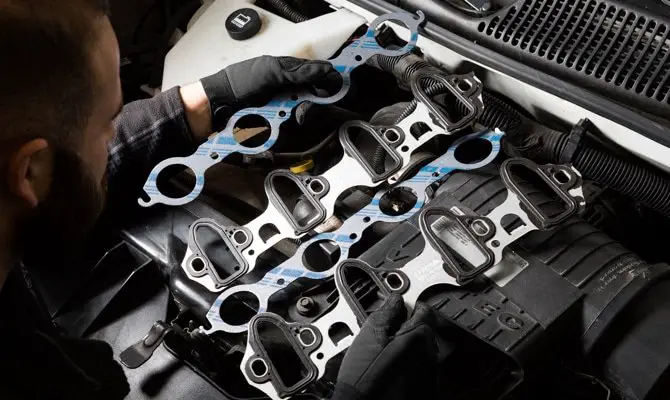
There are several things you can do to prevent an intake manifold gasket leak from happening again.
1. Make sure you’re using the right type of gasket for your engine. There are two main types of gaskets: metal and composite. Metal gaskets are best for high performance engines, while composite gaskets are better for everyday use.
2. Clean the surfaces of the engine block and cylinder head before installing the new gasket. If there’s any dirt or debris on the surface, it could cause the gasket to leak.
3. Don’t overtighten the bolts when reinstalling the intake manifold. This is a common mistake that can lead to leaks. Just snug the bolts down until they’re finger-tight, then use a torque wrench to finish tightening them to the specified torque.
By following these simple tips, you can help prevent intake manifold gasket leaks from happening again in the future.
Useful read: Why Your Car Smells Like Rotten Eggs and How to Fix It
FAQs
What happens if you have an intake manifold gasket leak?
Leaks can be hard to find, but when you notice any signs that your car may have a coolant leak – like brown liquid coming from under the hood or overheating at slow speeds-it’s time for action.
You’ll want an expert technician with experience in finding these types of problems quickly!
How long does an intake manifold gasket last?
It’s estimated lifespan ranges anywhere between 50,000 – 75K miles!
Should you replace the intake manifold gasket?
Yes. You should always replace your intake manifold gasket as soon as you notice any leaks.
Is a head gasket the same as an intake gasket?
No. They are two different types of gaskets with different functions. While an intake manifold gasket helps to seal the connection between the engine and the intake manifold, a head gasket helps to seal the connection between the engine block and the cylinder head.
What is the lower intake manifold gasket?
The lower intake manifold gasket is a seal that is located between the engine block and the lower intake manifold.
This gasket helps to prevent coolant and oil from leaking into the cylinders.
Is sealant needed for intake manifold gasket?
The intake manifold gaskets should be installed on a clean, dry surface with no additional sealants used.
Can you drive with a bad intake manifold gasket?
Yes. You can drive with a bad intake manifold gasket, but it’s not advisable. Driving with a leaky gasket can lead to engine damage and overheating. It’s best to have the problem fixed as soon as possible.
Conclusion
Intake manifold gaskets are an important part of your car’s engine. They can cause big problems if they’re leaking. Make sure you know how to identify a problem with your intake manifold gasket and get it fixed as soon as possible.
We hope this article has been helpful in informing you about intake manifold gasket leaks and their symptoms. It is important to be able to identify these types of problems as soon as possible in order to prevent further damage and costly repairs.
If you are experiencing any of the issues we discussed in this post, please do not hesitate to contact a certified mechanic for assistance.

